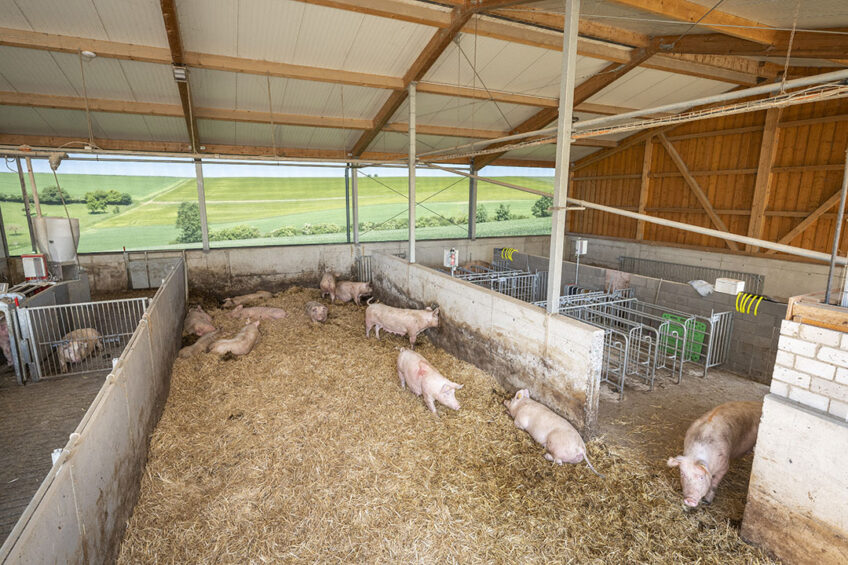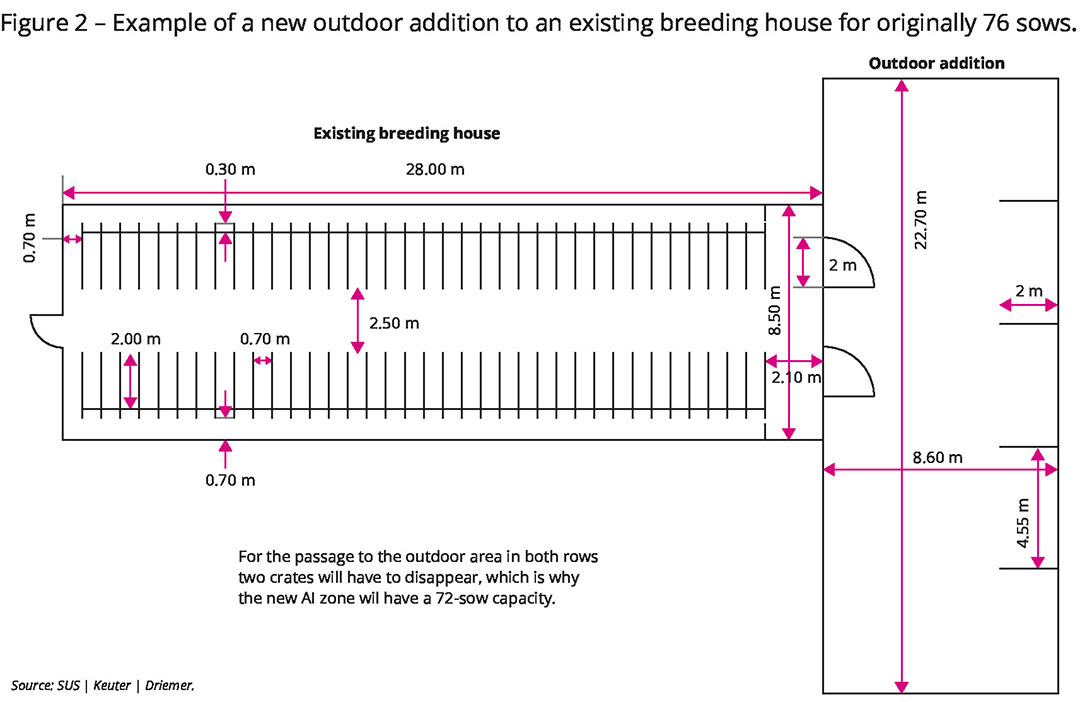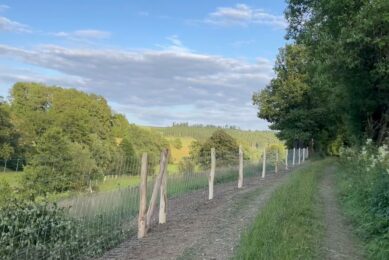Germany’s sow farms face big reconstruction

By February 2029, German pig farmers will have to convert their farms so they comply with new legislation mandating that sows have freedom during the breeding phase. By next year, plans need to be submitted explaining how they will comply. Many producers have decided to stop – but those carrying on are asking: How can we make this work?
All relevant documents were published early in 2021; since then, Germany’s sow farmers have known their clear deadline. On 9 February 2029, keeping sows individually during the breeding phase will be a thing of the past. From then on, sows must be kept in groups, even during the breeding phase. Only for insemination itself, or for inspection or medical treatments, can they be confined temporarily.
In addition, the new regulations stipulate that each sow – gilts, sick sows and those destined for slaughter – should have 5 m2 of free usable space from weaning to lactation. That combination of group housing as well as greatly increased space requirements will require extensive reconstruction of breeding centres. The new laws already apply to buildings about to be constructed today.

First deadline: February 2024
Although 2029 seems a long way off, facing this work can no longer be postponed. Veterinary authorities have recently written to sow breeders reminding them that the first deadline of the amendment is due in less than 6 months.
By 9 February 2024, pig farms must submit a concept to the relevant authorities detailing how they intend to convert their farms (see also Figure 1). The requirements for that first step are clear. In addition to a brief, non-binding description of the planned reconstruction, information about pig inventories will need to be provided.
Farms can take a much more drastic step instead of converting: announce their withdrawal from sows altogether. Those who choose this path will need to stop their operations once and for all by 9 February 2026.
This second deadline is also important for another reason. To take advantage of the transitional period until 2029, producers need to submit a building application by the beginning of 2026. Those who do not will no longer be allowed to keep sows. An exception exists for farms that do not need a building permit for a conversion.
The final deadline of 9 February 2029 is similarly strict. Anyone who has not converted by then must stop keeping sows. Only in exceptional cases can farms be eligible for a 2-year transitional period, until 9 February 2031. That includes, for example, the delayed granting of a building permit.
Old pig houses often in the way
To meet the new space requirements there are several solutions, some of which can be farm-specific. If no building addition is permitted, the only option to meet the new requirements is to extend crates. That conversion will inevitably result in capacity reduction. When justifiable from an operational point of view, one row could be removed and replaced with lying areas.

Outdoor addition as the way to go?
A solution that does not necessarily require a reduction in herd size and probably enjoys the greatest acceptance among producers is the addition of an outdoor free-range zone. However, a building permit must be obtained for that.
If no legal obstacles are present, there are a number of design options for additional buildings. In Figure 2, an example is shown of a 76-sow artificial insemination (AI) centre with crates on both sides. Except for the last two crates in each row (see below), the old housing can be kept in place. The animals can be kept here for routine procedures.
The additional pig house has dimensions of 22.70 m x 8.60 m and is placed adjacent to the AI centre. Swinging doors of 2 m wide will provide access to this additional pig house. To create sufficient space, the last 2 original crates in each row will have to be removed. The swinging doors will prevent draughts, and the animals can run in and out quickly.
An outdoor free-range area ought to include bales of straw to provide decent bedding. That reduces the risk that the animals will injure themselves in rank fights or through other behaviour. In addition, the animals also eat certain amounts of straw, which makes them calmer and more balanced.
Up to € 450 per m2
Even though the addition of an outdoor run is considered the simplest solution, the costs involved should not be underestimated. Besides a concrete floor and a slurry pit, an outdoor area should be completely roofed to protect the sows from sunlight, rain or snow, and open side walls should be fitted with windbreak nets. According to conservative estimates by building consultants, construction costs could amount to € 350–450 per m2. If the sow farmer covers the run with bedding or straw, straw storage will also need to be considered.











